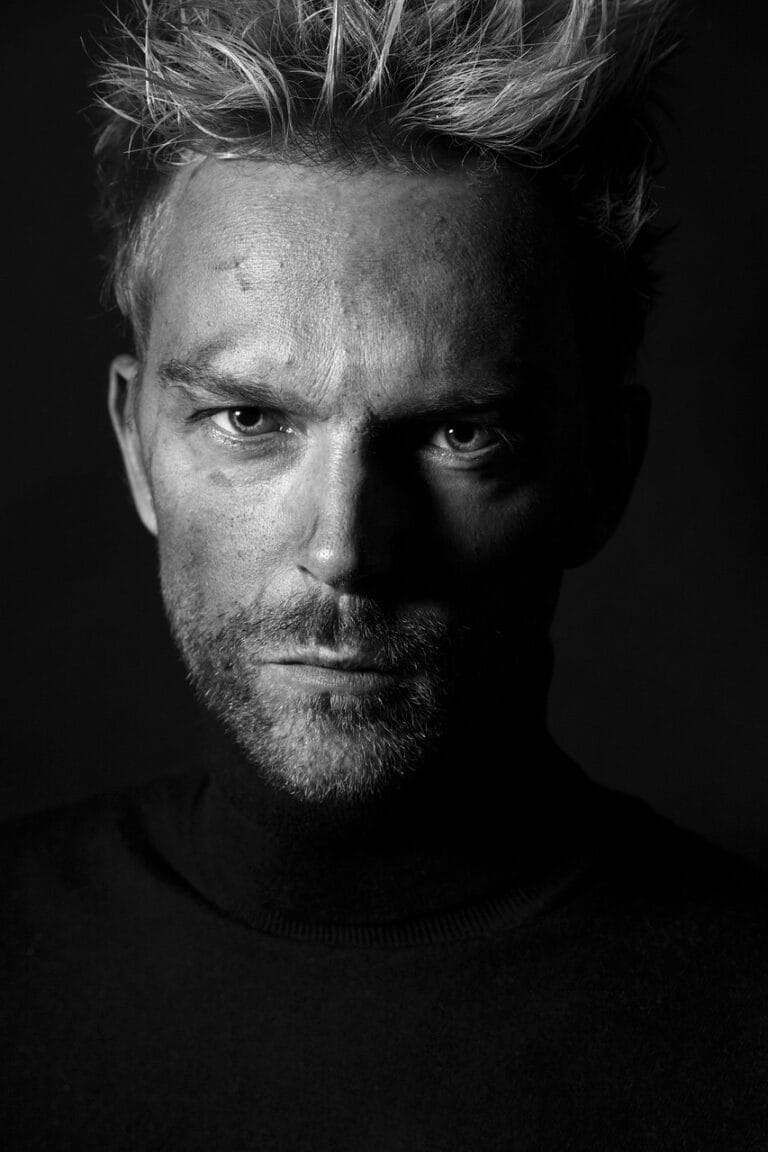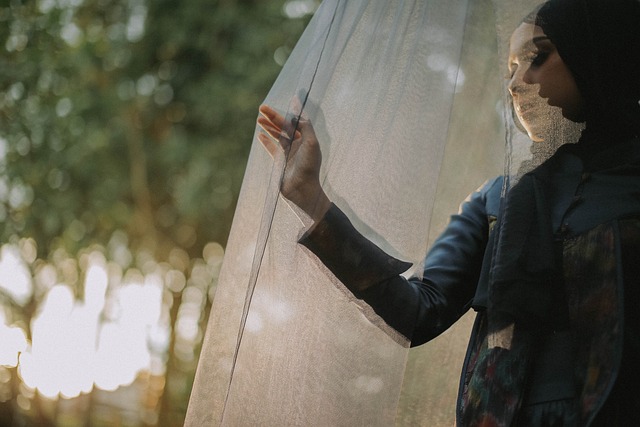Photography is more than just capturing images; it is an art form that allows us to communicate ideas, emotions, and narratives. Telling stories through pictures is one of the most compelling aspects of visual media. From a single snapshot to a series of images, each photograph holds the potential to narrate a powerful tale. Whether you’re a professional photographer or a hobbyist, learning how to effectively tell stories through pictures can elevate your work and create a deeper connection with your audience.
In this blog post, we will explore ten key methods to convey stories through pictures, examining composition, lighting, perspective, and the use of symbolism. With the right techniques, your photography can move beyond aesthetics and deliver narratives that engage viewers on an emotional and intellectual level. Let’s dive into the art of storytelling with pictures and explore how to make your images speak volumes.
Introduction to Stories Through Pictures
The phrase “a picture is worth a thousand words” encapsulates the essence of visual storytelling. Telling stories through pictures involves more than just taking technically sound photos; it’s about embedding a narrative into each frame. Photography has the power to freeze a moment in time, capturing not only the physical elements of a scene but also the emotions, mood, and context surrounding it. Whether you’re documenting a significant event, capturing a portrait, or photographing nature, the goal is often to evoke a response from your audience. The most powerful images are those that tell stories through pictures in a way that resonates and lingers with viewers long after they’ve seen the image.
To achieve this level of storytelling, photographers need to think critically about each shot they take. This means considering the subject, the context, and how different elements within the photo contribute to the story being told. As you develop your skills in visual storytelling, you’ll begin to see how even the smallest details can enhance the depth of the narrative within your images.
Why Stories Through Pictures Matter
In today’s digital age, where information is shared rapidly and often without much thought, images play a critical role in communication. The ability to tell stories through pictures is essential because visuals are processed by the brain much faster than text, and they tend to leave a more lasting impression. Pictures bypass language barriers, cultural differences, and time constraints, allowing you to share your message with a broader audience.
Photographers who excel at telling stories through pictures create images that don’t just show what something looks like but rather reveal what something feels like. A great story-driven photograph can evoke empathy, curiosity, and reflection, making it a powerful tool for communication, education, and even social change.
Emotional Impact of Stories Through Pictures
One of the most compelling reasons to focus on telling stories through pictures is the emotional impact they can have. A well-composed photograph can evoke a wide range of emotions, from joy and love to sadness and fear. By carefully choosing your subject matter, composition, and lighting, you can guide your viewers to experience the emotions you want them to feel.
For example, a photograph of a child playing in the park might tell a story of innocence and joy, while a photo of an elderly person gazing out a window could evoke feelings of nostalgia or loneliness. The key to storytelling through photography is to think about how each element of your image contributes to the emotion or mood you want to convey.
Composition: The Foundation of Telling Stories Through Pictures
Composition is one of the most crucial elements when telling stories through pictures. It determines how the elements within the image are arranged and how the viewer’s eye is guided through the photograph. Good composition doesn’t just make a photo look pleasing; it helps reinforce the narrative you want to tell.
Rule of Thirds
One of the most commonly used techniques in composition is the rule of thirds. By dividing your frame into a grid with two horizontal and two vertical lines, you can place important elements at the intersections, creating a balanced and engaging image. This approach works particularly well when you want to highlight a specific subject while also including background elements that contribute to the overall story.
Leading Lines
Leading lines are another powerful compositional tool when telling stories through pictures. These lines guide the viewer’s eye through the photograph, drawing attention to the main subject or leading them on a visual journey through the scene. Roads, rivers, fences, or even shadows can serve as leading lines that enhance the narrative of your image.
Framing
Framing involves using objects within your scene to create a “frame” around your subject. This technique not only draws attention to the subject but also adds context and depth to the story you’re telling. For example, photographing a person through a doorway or window can make the viewer feel like they are peering into a private moment, adding intrigue and emotional depth to the image.
Lighting: Setting the Mood for Stories Through Pictures
Lighting plays an essential role in storytelling through photography. The way light interacts with your subject and the environment can drastically change the mood and emotion of a photograph. By controlling the lighting, you can enhance the narrative you’re trying to convey through your images.
Natural Light
Natural light, particularly during the golden hours (early morning or late afternoon), can create soft, warm tones that evoke feelings of tranquility, nostalgia, or romance. In contrast, harsh midday sunlight can create strong shadows and a more dramatic atmosphere. When telling stories through pictures, think about how the quality of light can emphasize certain aspects of your narrative.
Artificial Light
Using artificial lighting gives you complete control over the mood and tone of your image. Whether you’re working in a studio or using off-camera flash outdoors, artificial light allows you to create dramatic lighting setups that add tension, mystery, or a sense of intimacy to your story.
Subject Matter: Choosing the Right Subject for Your Story
Choosing the right subject is vital when telling stories through pictures. The subject can be a person, an object, a scene, or even a detail that helps convey the broader narrative. Each subject brings its own context, emotion, and significance, which can contribute to the overall story of your image.
People as Subjects
When telling stories through pictures of people, you are tapping into the universal appeal of human emotions and experiences. Portrait photography is particularly effective for storytelling because it allows you to capture raw, genuine expressions and interactions. Whether you’re photographing a candid moment or a posed shot, the facial expressions, body language, and setting all contribute to the story.
Objects and Details
Sometimes the smallest details can tell the most profound stories. A single object, such as an old, worn-out pair of shoes or a half-finished cup of coffee, can evoke emotions and hint at the larger narrative behind the image. When telling stories through pictures, don’t overlook the power of details and how they can add layers of meaning to your composition.
Perspective: Telling Stories Through Pictures from Different Angles
Perspective is another essential aspect of telling stories through pictures. Changing your camera angle or shooting from an unconventional viewpoint can dramatically alter how your story is perceived by the viewer.
High and Low Angles
A high-angle shot, where the camera is positioned above the subject, can make the subject appear smaller, vulnerable, or insignificant, while a low-angle shot can make the subject seem powerful or dominant. Using these angles creatively allows you to emphasize certain aspects of the story you’re trying to tell.
Unique Perspectives
Sometimes, breaking away from traditional eye-level shots can make your photographs more engaging. Shooting from above, below, or even through objects adds visual interest and gives viewers a fresh perspective on familiar scenes. Telling stories through pictures often involves thinking outside the box and experimenting with different ways to capture your subject.
Capturing Motion: Adding Dynamism to Your Stories Through Pictures
Incorporating motion into your photographs is a fantastic way to tell dynamic stories through pictures. Whether you’re freezing action in a single moment or using techniques like long exposure to blur movement, capturing motion adds energy and excitement to your narrative.
Freezing Action
Freezing action is a technique used to capture fast-moving subjects in sharp focus, making it ideal for sports, wildlife, or street photography. This method highlights key moments in a story, drawing attention to the peak of an event.
Motion Blur
On the other hand, motion blur can convey movement, speed, and the passage of time. By using a slower shutter speed, you can capture the motion of cars, people, or water, adding a sense of fluidity and drama to your images. This is particularly effective when telling stories through pictures that involve energy, chaos, or transition.
Symbolism: Adding Layers of Meaning to Your Stories Through Pictures
Symbolism in photography allows you to tell deeper stories through pictures by incorporating objects, colors, or scenes that represent something beyond their literal meaning. For example, a wilting flower might symbolize the passage of time or the fragility of life, while an open road can represent freedom or opportunity.
Using Color Symbolism
Colors have psychological associations that can enhance the emotional tone of your images. Red, for instance, can evoke feelings of passion or danger, while blue might suggest calmness or melancholy. By using color deliberately, you can add another layer of storytelling to your photographs.
Incorporating Objects as Symbols
In addition to color, objects can also act as symbols within your photographs. A key, for instance, might represent opportunity or mystery, while a broken window might symbolize loss or destruction. Telling stories through pictures often involves finding ways to infuse your images with symbolic meaning, which invites viewers to interpret the story in a deeper way.
Telling Stories Through Pictures in a Series
While a single image can tell a compelling story, sometimes a series of images is necessary to convey a more complex narrative. A photo essay or a sequence of images allows you to develop a storyline, showing the progression of events, emotions, or ideas over time.
Photo Essays
A photo essay is a series of images that work together to tell a complete story. This format is commonly used in journalism, where photographers capture multiple aspects of an event or issue. When telling stories through pictures in a series, it’s essential to consider how each image relates to the others and how the sequence builds upon the narrative.
Storytelling with Time
A series of images taken over a period of time can effectively show change, growth, or decay. This technique is particularly powerful when documenting personal stories, environmental issues, or cultural events. By showing the passage of time, you can add depth to your storytelling, making the viewer feel as if they’re experiencing the journey along with you.
Conclusion: Mastering the Art of Stories Through Pictures
Telling stories through pictures is both an art and a skill that takes time and practice to master. By focusing on elements like composition, lighting, subject matter, perspective, and symbolism, you can transform your images into compelling narratives that resonate with your audience. Whether you’re capturing a single powerful moment or creating a series of images, the key to effective storytelling lies in your ability to communicate emotions, ideas, and experiences visually.
Remember, the best stories are the ones that connect with people on a personal level. So, as you continue to develop your photography skills, think about the story you want to tell and how each element of your image contributes to that story.






